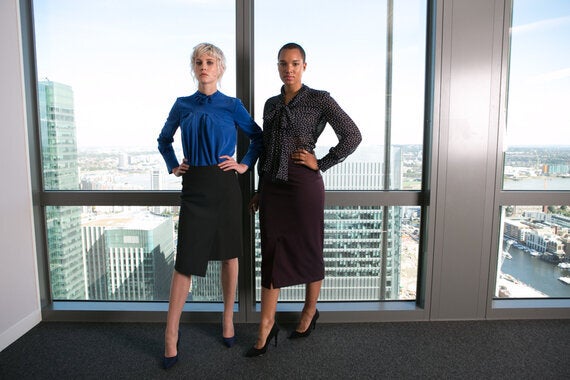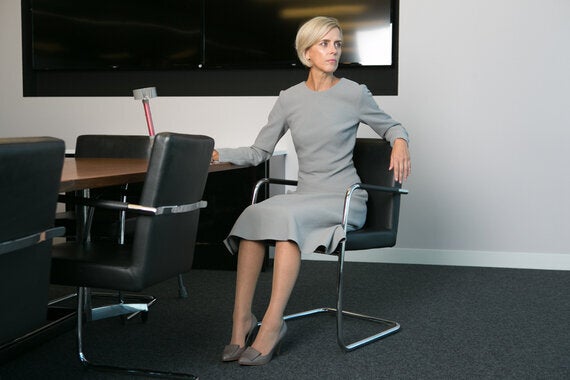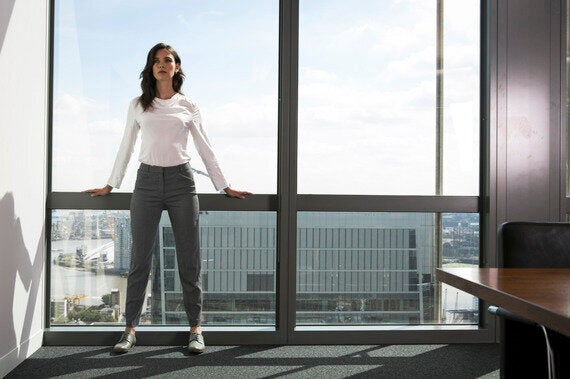I will be speaking at the first Women's Equality Party Conference on 26th November. The topic I'll be discussing is how women are portrayed in advertising and whether this serves to undermine the confidence of women who see these images.
Before setting up my professional womenswear brand, Rose & Willard (which means, literally, Feminine & Bold), I had had very little exposure to social media. Since then I have had to subsume myself in this new world and fashion advertising. I believe my late arrival has afforded me a relatively higher level of objectivity.
After scrolling through countless profiles what I concluded is that rarely do we see images of women looking confident. More often than not, advertising imagery of women shows them looking passive, submissive or sexualised. There is a stark lack of positive or empowering imagery. This is in contrast to what we see of men who are depicted mostly as strong, powerful and capable.
People relate to and identify with those of their own gender. If the visual portrayal of our gender is so proscribed then perhaps it is no wonder that so many women experience 'Imposter Syndrome' - a belief of being unworthy.
As a brand that believes actions speak louder than words, we chose to adopt a more radical position. In our most recent photo shoot campaign (titled 'Confidence') we committed to showing images of women expressing only positive body language and via a diverse range of models. Our aim was to engender confidence in the women who see our images by showing a diverse range of women expressing self-assurance, and within a familiar setting.

Our campaign depicts only bold, strong women as told through their body language. All have a solid centre of gravity and resolute posture. They look directly, mostly to camera, with their heads held high. There is no suggestion of slouching or 'bringing the body in', to make it small and thus less significant. These women comfortably take up space and make their presence felt. They exude self-possession. To add, a boardroom is the setting - the traditional nucleus of corporate power.

What I found was that the models we chose often struggled to adopt the positive body language required and would readily slip back into their more submissive, learned poses. I lost count of the number of times I needed to say "chin up", "don't pout", "close your mouth" during the shoot. When the models were asked where they had learnt to pose their response was, "No one taught me." This then underlines the extent to which people mimic as well as the strength of the subliminal messages we receive from advertising imagery. Instagram shows countless images of girls and women mimicking 'model' poses.
Reaction to our campaign has been positively received by many but has also revealed the lack of familiarity people have with seeing women this way. I received two emails from men. One asked, "can't you make them smile?" to which I asked whether this question would have been posed had the subjects been men. I also made the point that none of the models were grimacing; their expressions were simply earnest. Another stated that when he saw images of women he "liked to see them smiling".
I am aware that smiling can convey confidence. However, the setting for our shoot was a boardroom which, generally, is a place of seriousness.

I would also add I think it unlikely that positive body language will be adopted readily by most female models as such stances have long been considered masculine. However, I hope that as more positive images of women emerge then the interpretation of positive body language will eventually be considered gender neutral, putting men and women on the equal footing each deserves.
